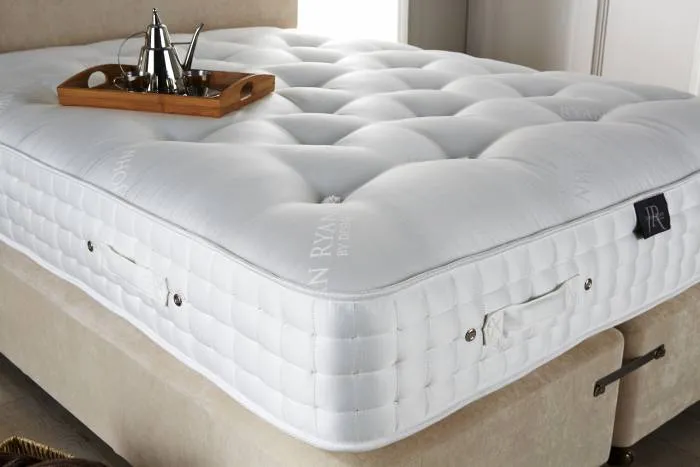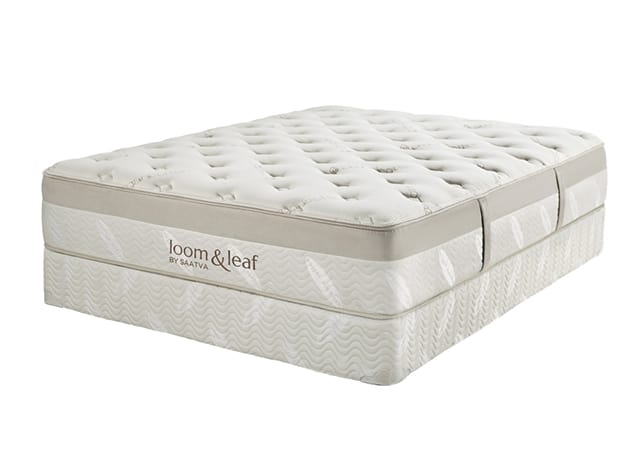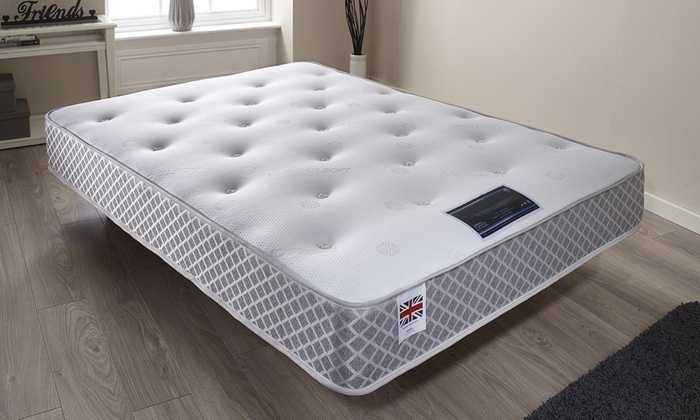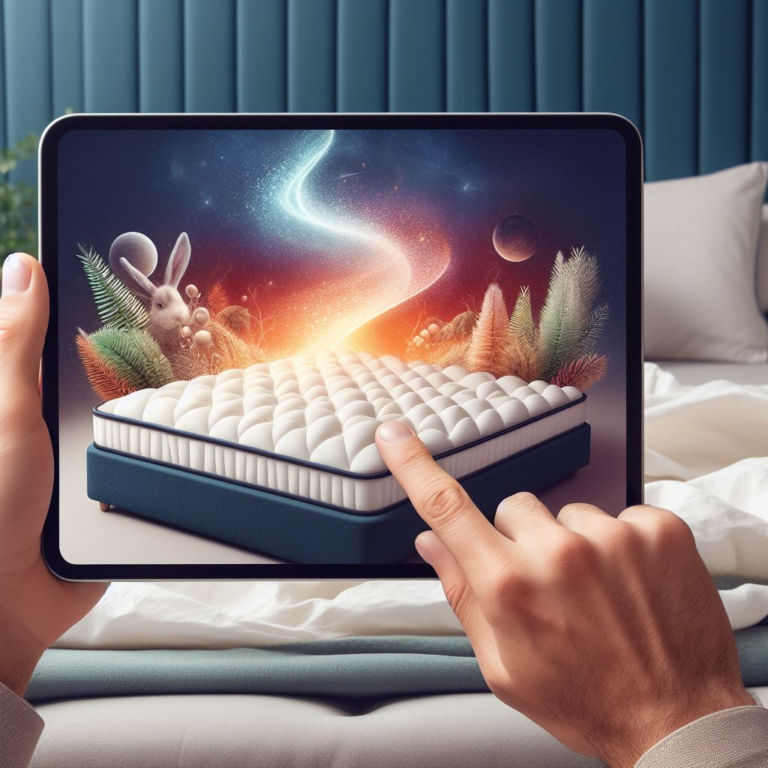How to Maintain Your Pocket Spring Mattress?
Pocket spring mattresses are known for their excellent support, comfort, and durability. They are composed of individual pocketed springs that respond to the unique contours of your body.
However, to ensure that your pocket spring mattress continues to provide you with a restful night’s sleep for years to come, it’s essential to take proper care of it. In this article, we will explore how to maintain your pocket spring mattress to maximize its lifespan and comfort.
Understanding Pocket Spring Mattresses
Before delving into maintenance tips, let’s understand what pocket spring mattresses are. These mattresses consist of individual springs encased in fabric pockets. Each spring operates independently, which means they respond to your body’s pressure points, providing customized support and reducing motion transfer.

Advantages of Pocket Spring Mattresses
Pocket spring mattresses offer several advantages, including excellent back support, comfort, and breathability. Their ability to conform to your body shape ensures a good night’s sleep, reducing the risk of aches and pains.
Why Maintenance is Important
Proper maintenance is crucial to ensure your pocket spring mattress remains in top condition. Neglecting maintenance can lead to a decrease in comfort and support, affecting the overall quality of your sleep. Let’s look at some essential maintenance tips to keep your mattress in excellent shape.
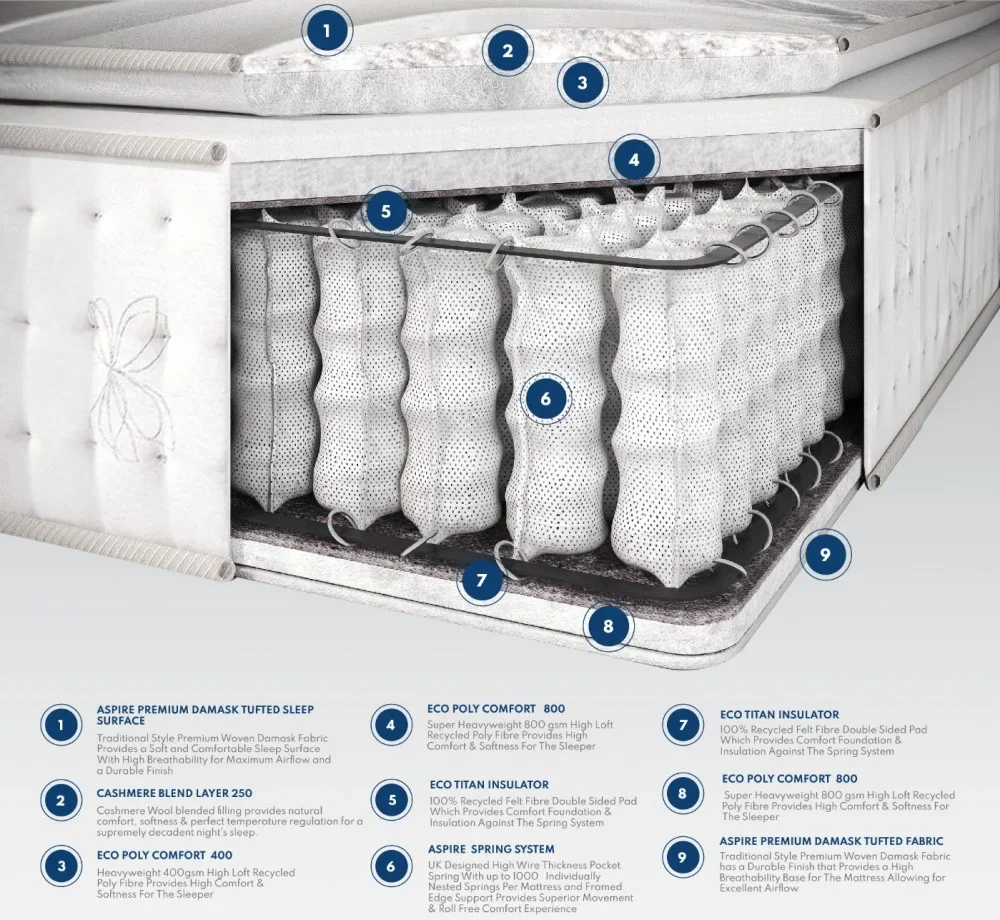
Table Explanation for Mattress
| Maintenance | Description |
| Regular Cleaning | Firstly Vacuum your mattress every few months and spot clean stains. Use a gentle cleaner to prevent damage. |
| Rotate or Flip | Secondly Occasionally rotate or flip the mattress to distribute wear and tear evenly. Check manufacturer’s guidelines. |
| Use a Mattress Protector | Invest in a quality mattress protector to shield against spills, stains, dust mites, and allergens. |
| Proper Support | Ensure the mattress is on an appropriate foundation or bed frame to maintain its shape and prevent sagging. |
| Adequate Ventilation | Remove beddings periodically and promote air circulation to prevent moisture buildup and mold/mildew. |
| Avoid Jumping | Discourage jumping on the mattress, as it can damage the springs and fabric over time. |
| Check for Sags | Periodically inspect for sagging or uneven wear. Contact the manufacturer or a professional for advice if needed. |
| Manage Temperature | Maintain a comfortable room temperature to avoid affecting mattress materials. Use a mattress pad or topper if necessary. |
| Monitor Weight Limit | Be aware of the manufacturer’s weight limit. Overloading the mattress can lead to premature wear and reduced support. |
| Follow Manufacturer Guidelines | Always adhere to the care and maintenance guidelines provided by the mattress manufacturer for specific recommendations. |
Regular Cleaning and Dusting
Regularly vacuuming your mattress can help prevent the buildup of dust, allergens, and mites. in addition It’s advisable to use a vacuum cleaner with an upholstery attachment to clean both the top and sides of the mattress.
Flipping your mattress every three to six months and rotating it 180 degrees can help distribute wear and tear evenly. This simple step extends the lifespan of your mattress.
Using a Mattress Protector
A mattress protector acts as a barrier against spills, stains, and allergens. Also Investing in a quality protector will keep your mattress clean and hygienic.
Accidents can happen, so it’s essential to address spills and stains promptly. Blot the area gently with a clean, damp cloth and a mild detergent. Avoid saturating the mattress, as excessive moisture can damage the springs.

Proper Bedding and Linen
Choosing the right bedding and linen can impact mattress maintenance. Ensure that your fitted sheets and pillowcases fit snugly to prevent excess friction and wear on the mattress cover.
Airing Out Your Mattress
It’s a good practice to air out your mattress by removing the bedding and opening windows when possible. This helps in moisture control and prevents odors.
Refrain from placing heavy objects or sitting on the edge of your mattress regularly. This can strain the springs and lead to sagging.
Temperature and Humidity Control
Maintaining a consistent room temperature and humidity level can prevent moisture from seeping into the mattress, which can lead to mold and mildew growth.
Regularly inspect your mattress for signs of wear and tear, such as sagging, lumps, or protruding springs. Address any issues promptly to prevent further damage.
Professional Inspection and Maintenance
Consider professional mattress inspection and maintenance every few years to ensure the springs and overall structure are in good condition.
Conclusion
Maintaining your pocket spring mattress is essential to preserve its comfort, durability, and overall performance. These mattresses offer excellent support and personalized comfort, but they require some care to ensure they remain in optimal condition over the years. Moreover Regular cleaning, the use of a quality mattress protector, proper bedding and linen choices, and avoiding excessive wear and tear all contribute to extending the lifespan of your mattress.
Readmore: why-pocket-spring-mattress-is-the-ultimate-sleep-solution
FAQ’s
You should flip and rotate your mattress every three to six months for even wear.
Using a mattress protector is advisable to keep your mattress clean and hygienic.
Blot the area gently with a clean, however damp cloth and mild detergent to address spills and stains.
It’s best to avoid placing heavy objects on your mattress to prevent strain on the springs.

